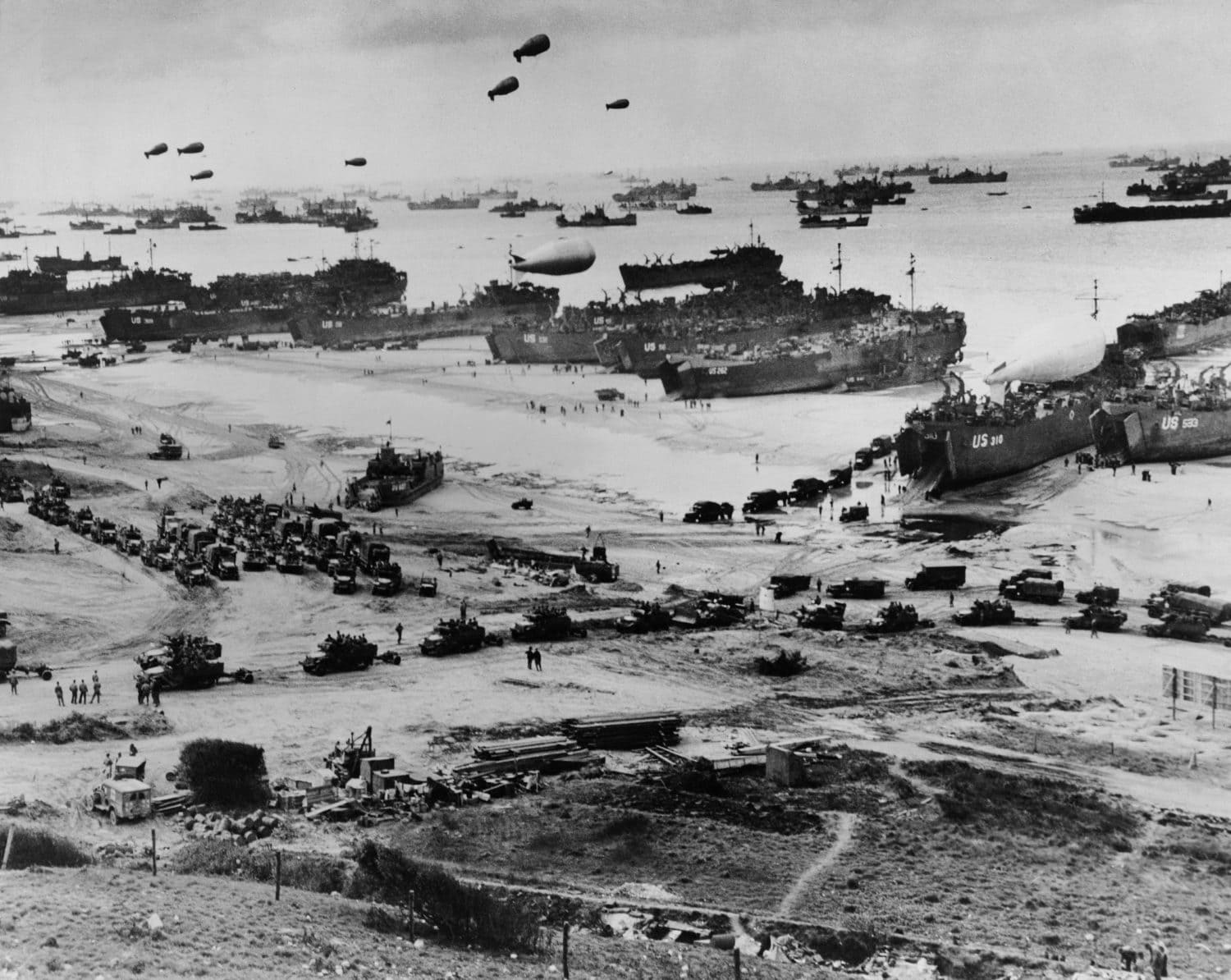Just how big was D-Day? The Day of Days as it has come to be known was a massive invasion of Nazi-occupied France. Words can’t do it justice, but the 9 images selected for your perusal certainly can. As we approach the 80th anniversary of such an important event, it helps to remember who gave everything in service for freedom.
Into the Fray
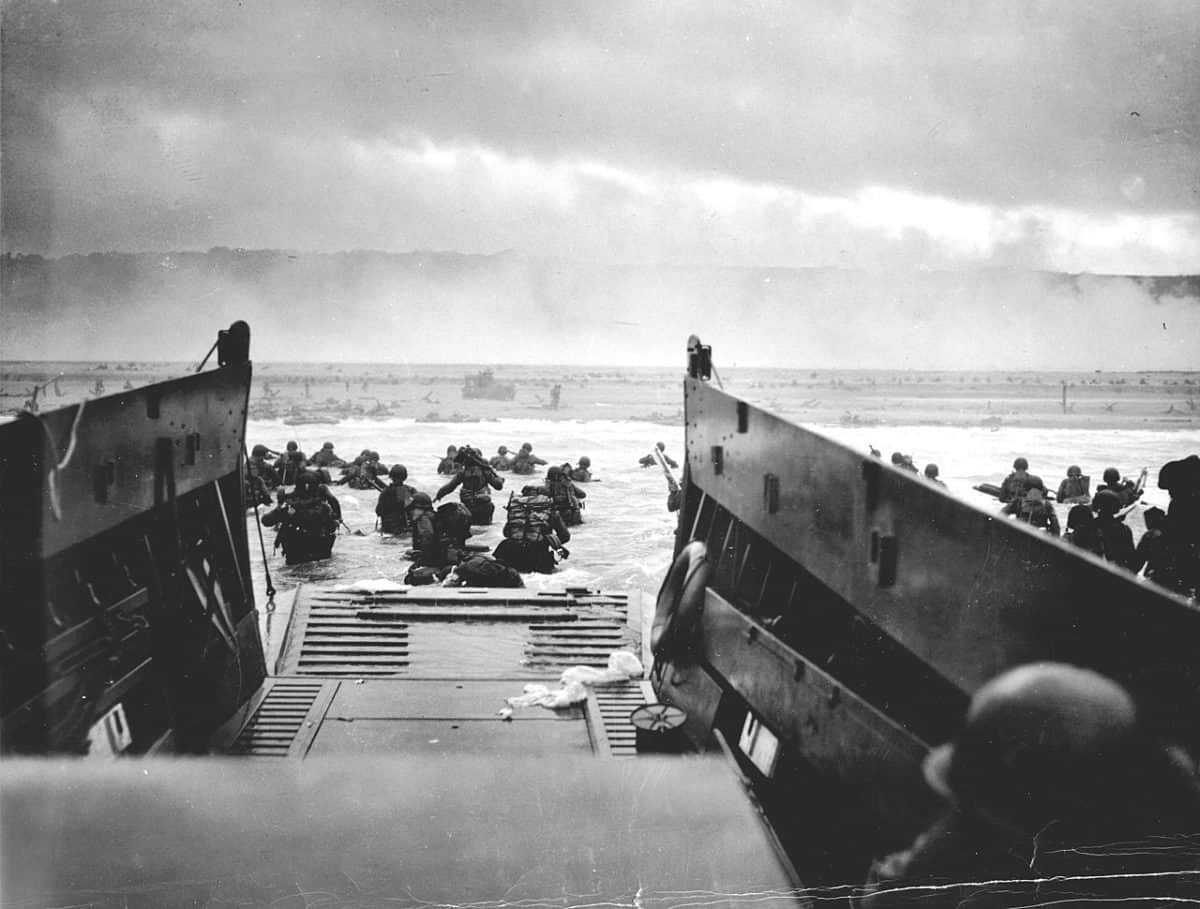
The sheer scale of D-Day cannot be emphasized enough. This was a joint operation between British, American, Canadian, and Free French forces to begin the liberation of occupied France. Omaha Beach received the worst of it, American troops in this image were disembarking the landing boats when hails of gunfire began raking over the first men to make it to shore.
Preparations for the Fight to Come

©Norway (Lt Cdr), Royal Navy official photographer / Public domain - Original / License
The sheer number of moving parts at play in the preparation for D-Day boggles the mind to consider. A British ship is being laden with M4 Sherman tanks, getting ready for the big push into Normandy just moments before the operation would begin.
Final Instructions
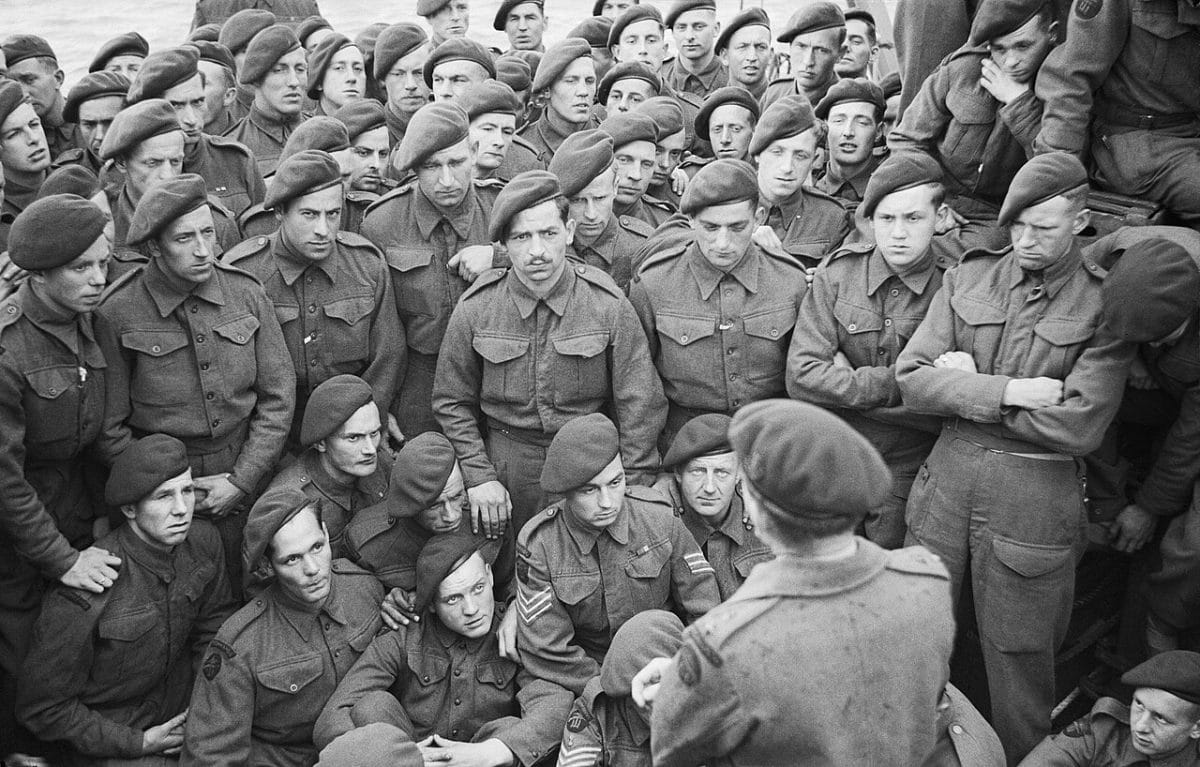
As I mentioned, D-Day was a joint endeavor between most of the Western Allied powers. This image depicts members of the 4 Commando of the British armed services receiving their orders shortly before the start of Operation Overlord. The night before, American paratroopers landed deep behind enemy lines to sabotage and begin the prep work needed for the operation to succeed.
Taking Fire
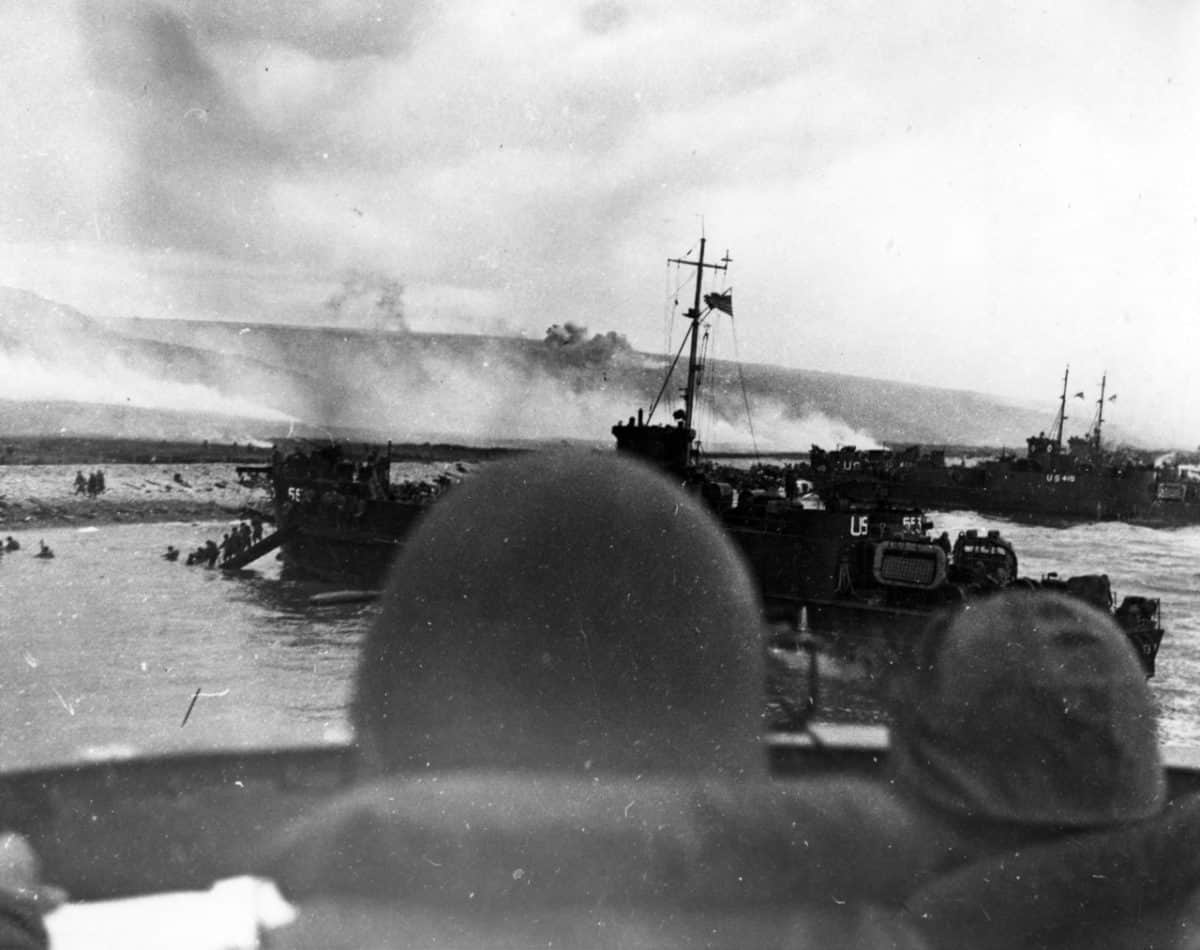
©Naval History and Heritage Command / Public Domain - Original / License
Thousands of lives and untold amounts of material were lost in D-Day by the Allies. LCI-553, depicted in this photo, would receive two shells on the day of the landing. It ended up washed up near the shore, burned out, and abandoned.
A Shifting Tide

©Supreme Allied Command / Public Domain - Original / License
The fighting at Omaha Beach was some of the most ferocious seen during the whole of D-Day. German soldiers were on a training exercise at the time when the invasion began in earnest, so the guns and turrets were manned with plenty of ammunition. It wasn’t enough, as these two surrendering Wehrmacht soldiers could attest.
Raining Steel
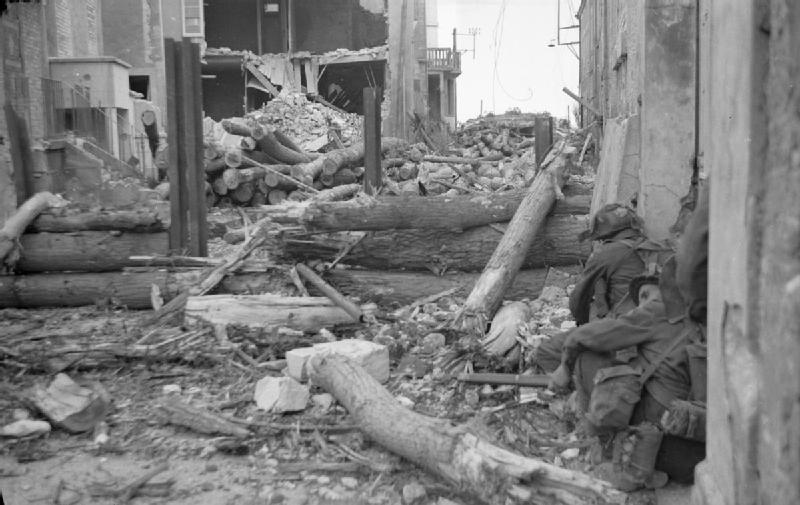
©Handford (Lt), No 5 Army Film & Photographic Unit / Public domain - Original / License
The Allies getting a foothold in France was a nightmare scenario for the German war machine. It was inevitable at this point that Germany had lost the war. Still, that didn’t stop the fighting from raging. American troops are sheltering for cover among the tank obstacles, shells and explosions ripped through the coast until it was secured.
Prisoners of War

©r Supreme Allied Command / Public Domain - Original / License
Germans weren’t willing to fight to the last man at this point in the war. That would come later, during the Battle of Berlin. Allied forces took their fair share of prisoners during Operation Overlord, as you can ably see in this old photograph. German prisoners of war would be shuttled to England, where many would remain in a new life after the war’s end.
Lock and Load
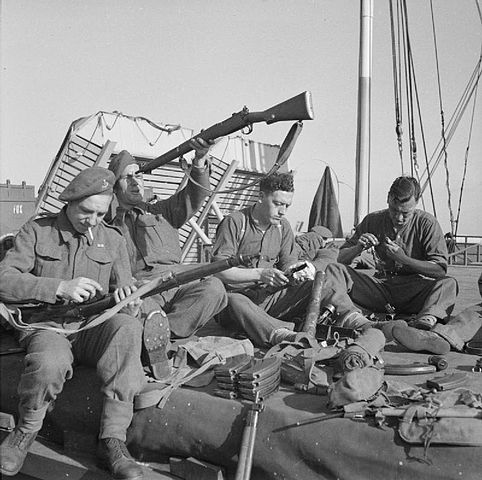
©Midgley (Sgt), No 5 Army Film & Photographic Unit / Public domain - Original / License
The morning before D-Day, you could almost feel the tension through every ship. Troops were nervous, skittish, and ready for the day to end. These British troops from the Yorkshire Regiment are going through a last-minute equipment check. A fouled rifle or empty bandolier could spell certain death.
A Welcome Sight
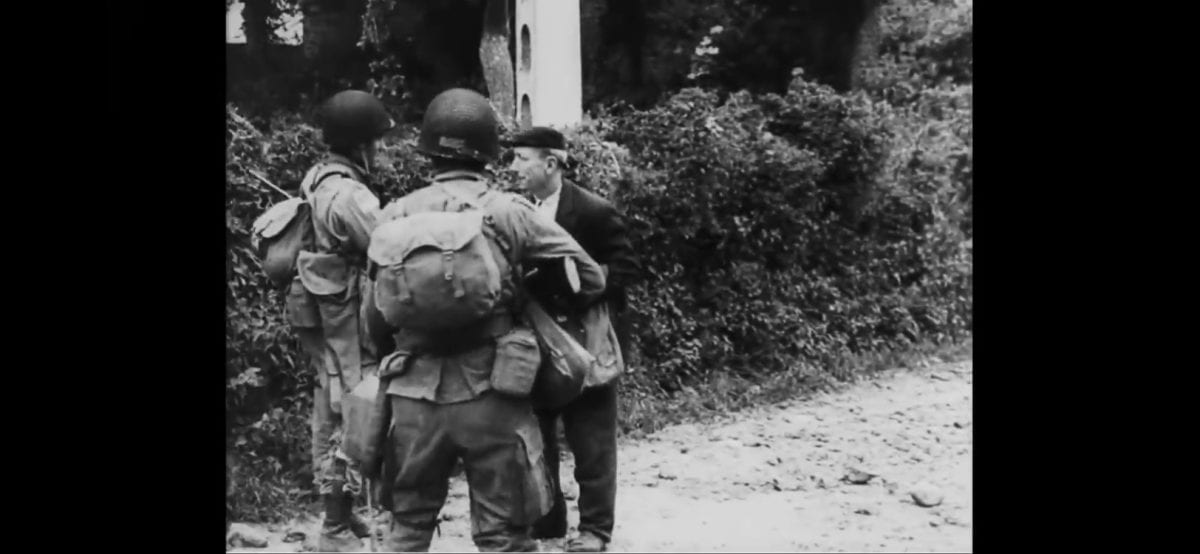
©Superme Allied Command / Public Domain - Original / License
There are many things you can say about D-Day, but the ultimate goal was the liberation of France. For this French civilian, the sight of American troops is likely a welcome sight after years under the rule of the Vichy regime. It represented a shift in the tide of the war and one where Germany was on the back foot on two separate fronts.
The image featured at the top of this post is ©Everett Collection/Shutterstock.com.
